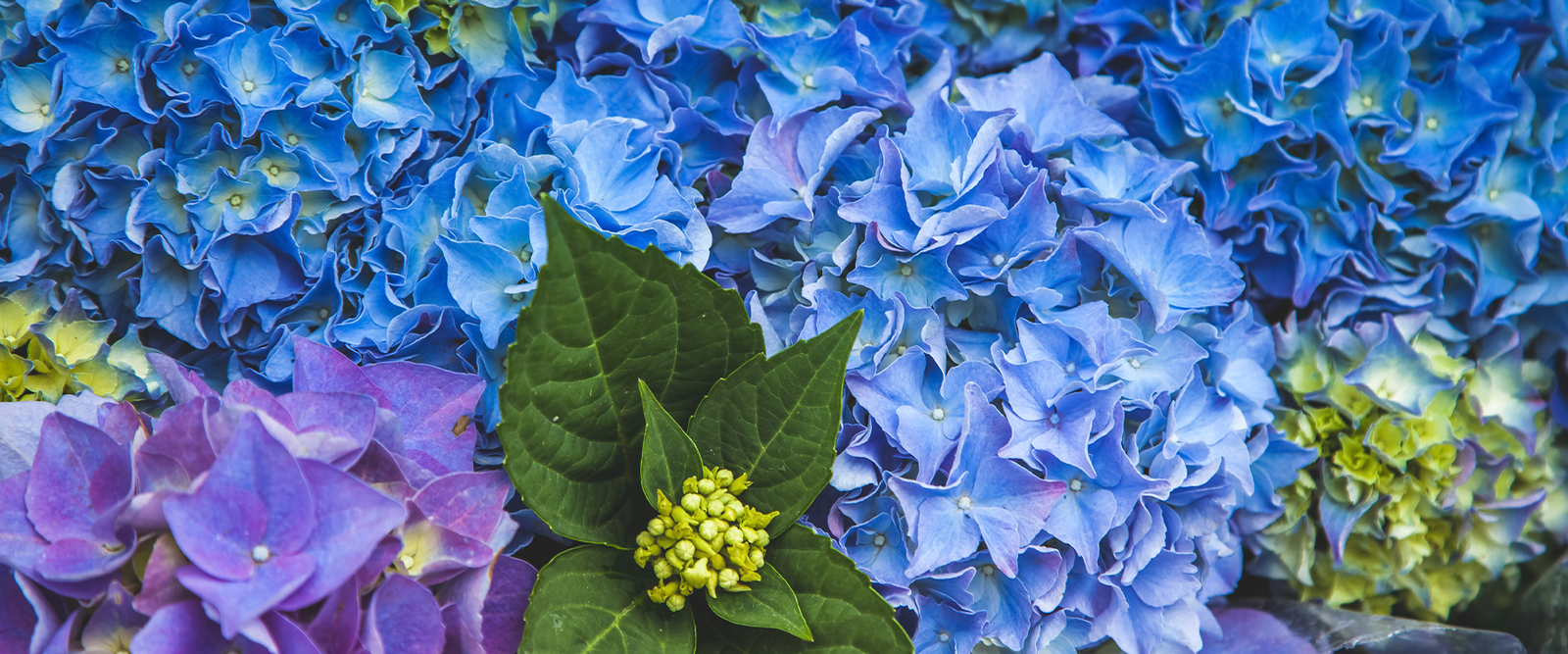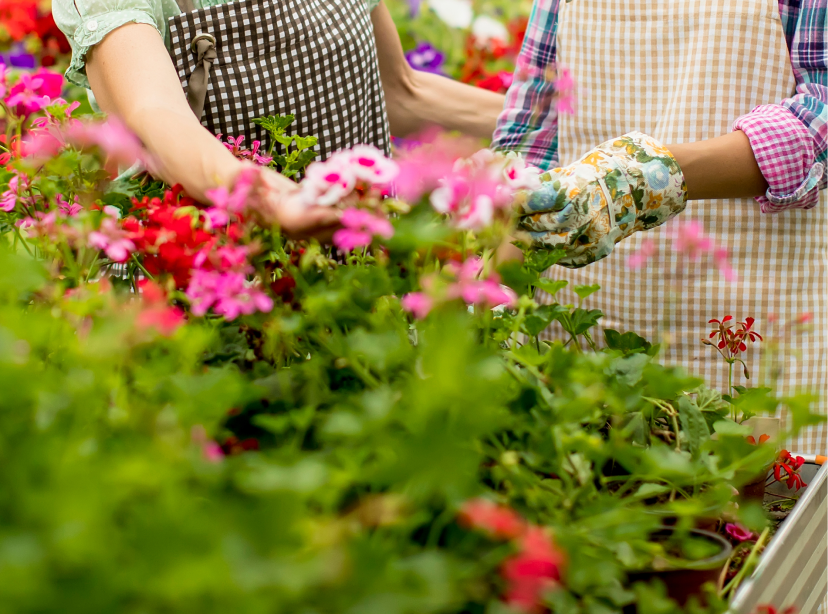Hydrangeas, with their beautiful clustered blooms, are a great addition to any garden — be it spring, summer, or fall. While these flowers demand minimal care, mastering the art of hydrangea gardening requires some know-how. Let's break down the basics for each unique hydrangea type, ensuring your plants stay healthy for a lifetime of beauty.
1. Bigleaf Hydrangea
-
Originating from Japan, Bigleaf Hydrangeas or Hydrangea Macrophylla come in pink, blue, and white hues.
-
One unique feature is their color-changing property which depends on the condition of the soil where they are planted. If you want another color, you can alter the pH level of the soil by using fertilizers or soil modifiers.
-
Bigleaf Hydrangeas grow best in partial to full shade with moist, well-draining soil. They require minimal pruning with garden shears after late summer blooming.

2. Mountain Hydrangea
-
A subspecies of Bigleaf Hydrangea, Mountain Hydrangeas boast blue or pink blooms based on soil acidity. They are ideal for low borders around terraces.
-
They thrive in full sun to partial shade with consistently moist, well-draining soil. Mountain Hydrangeas may be pruned like Bigleaf Hydrangeas.

3. Climbing Hydrangea
-
This climber elegantly scales trees, fences, or railings with minimal care in its early years.
-
It grows well in full sun to full shade. Protect it from intense heat, positioning in an area with moist soil.
-
Prune after a few years to prevent overgrowth. Like the Bigleaf, it's best to prune these climbers after they bloom. Remove any unhealthy or damaged branches and cut them back lightly using your pruners.

4. Smooth Hydrangea
-
Hydrangea Arborescens, or Smooth Hydrangea, flaunts large, showy flowers that start out green and turn creamy white. Prune heavily in winter for abundant blooms.
-
They flourish in slightly acidic, well-draining soil. Keep your soil moist, especially in scorching summer. Partial shade recommended.
5. Oak Leaf Hydrangea
-
Hydrangea Quercifolia, or Oak Leaf Hydrangea, dazzles with oak-shaped foliage turning brilliant shades in fall. It requires less water and tolerates dry conditions.
-
Place it in partial or full shade, ensuring enough sunlight for fall color change. Make sure it has well-draining soil and avoid overwatering to prevent root rot.

6. Panicle Hydrangea
-
Hydrangea Paniculata, or Panicle Hydrangea, forms panicle or cone-shaped clusters, which recover well from heavy pruning.
-
Panicle Hydrangeas can adapt well to different climates and temperatures, even harsh climates. Expect creamy white, green, or soft pink blooms.
Which hydrangea caught your interest? Are you planning to plant it next season? Apply these tips and enjoy watching your garden transform. Happy gardening!




